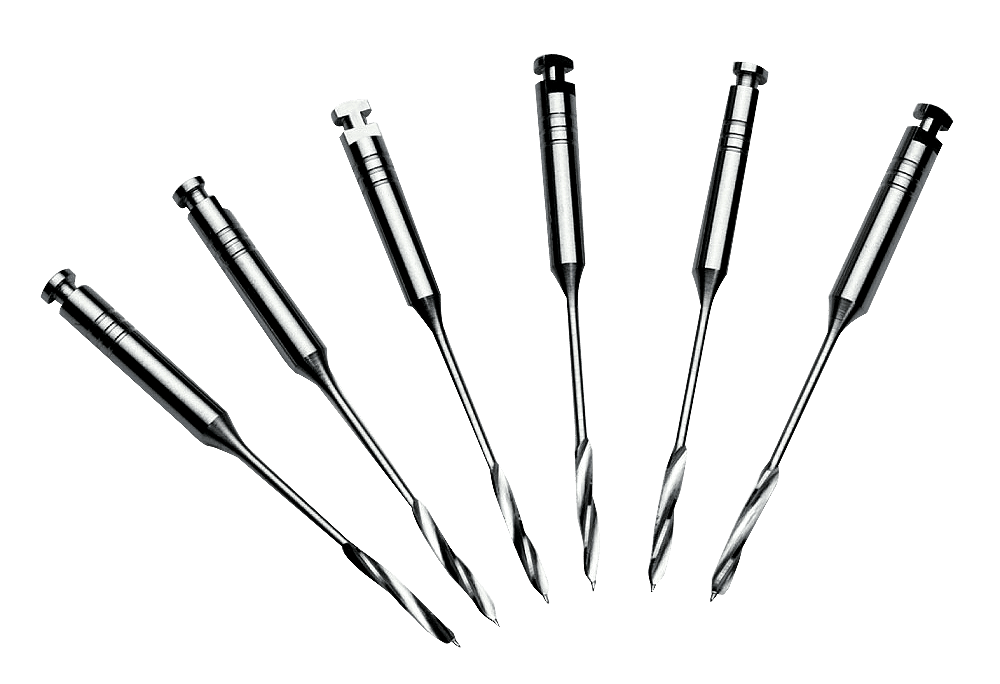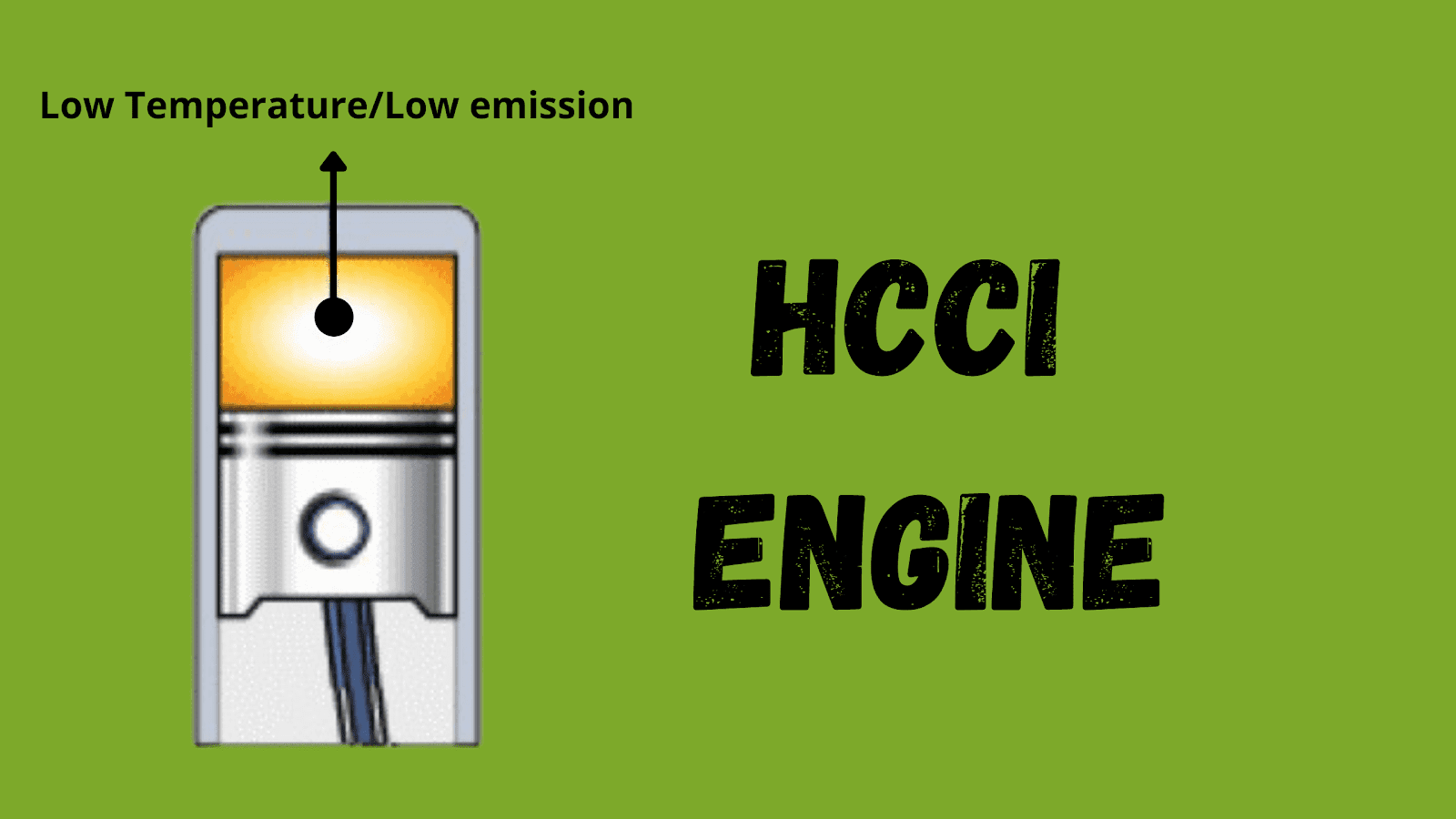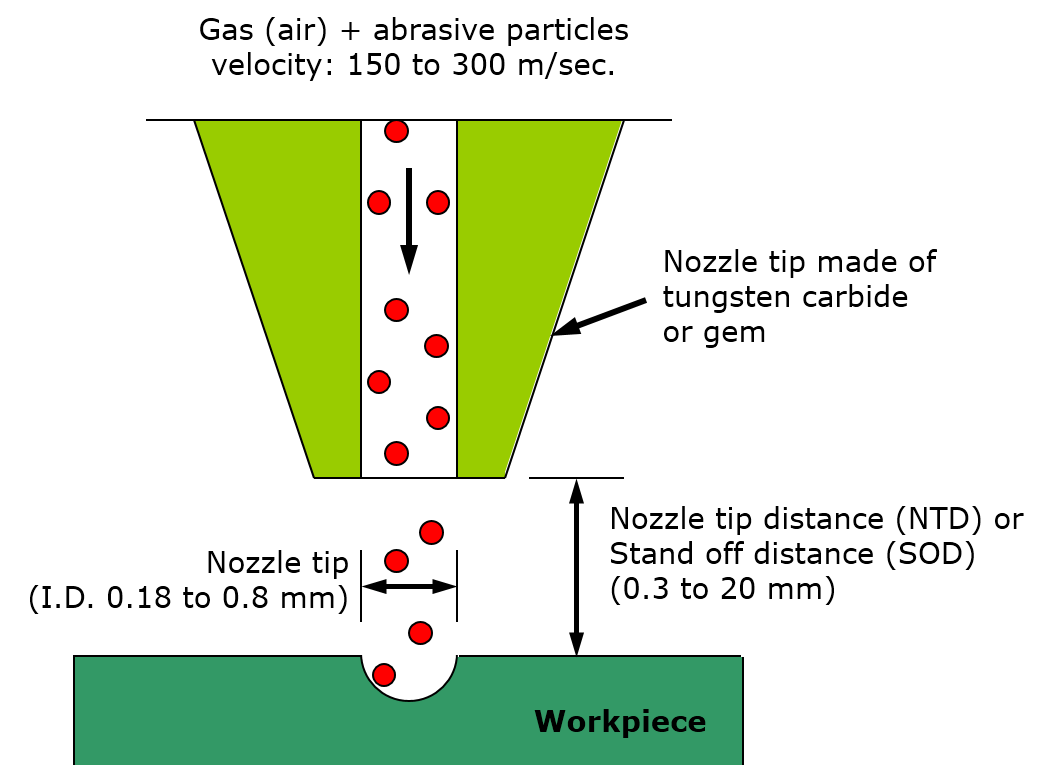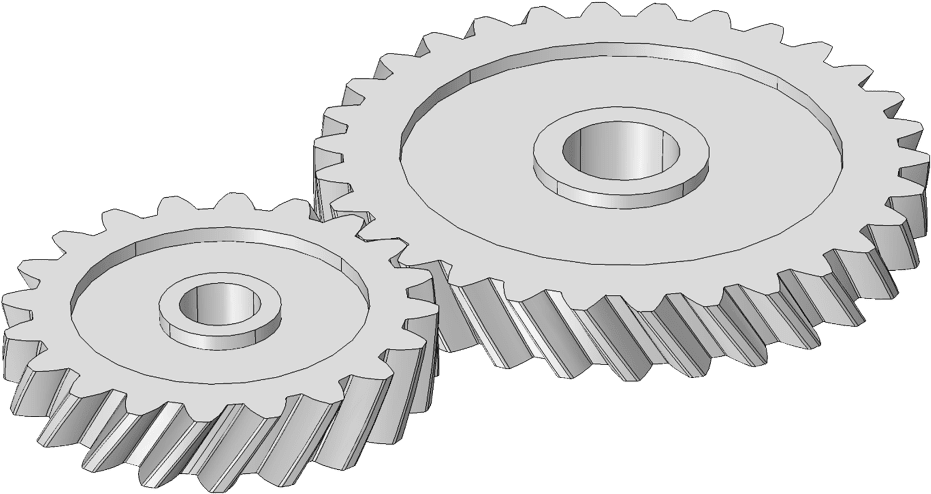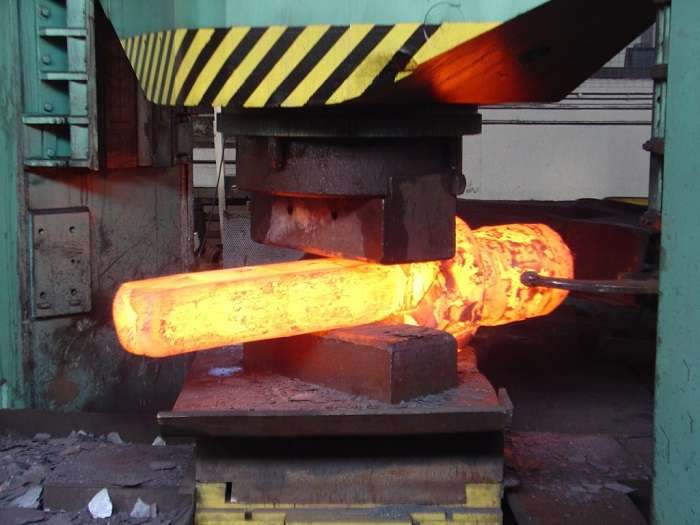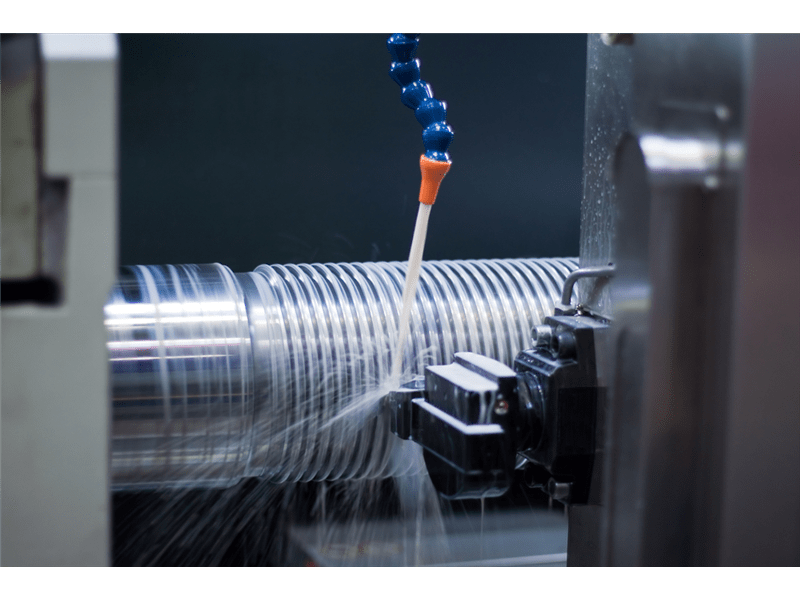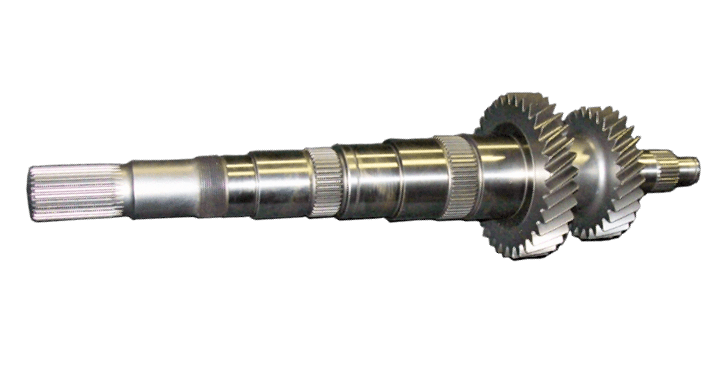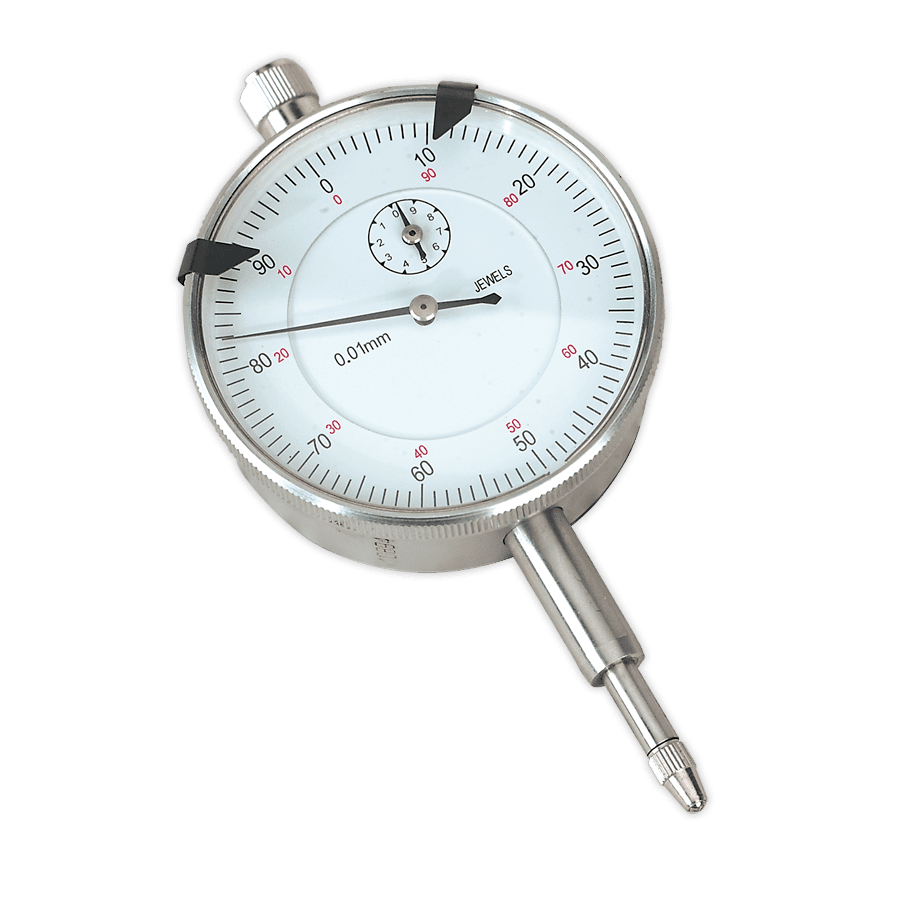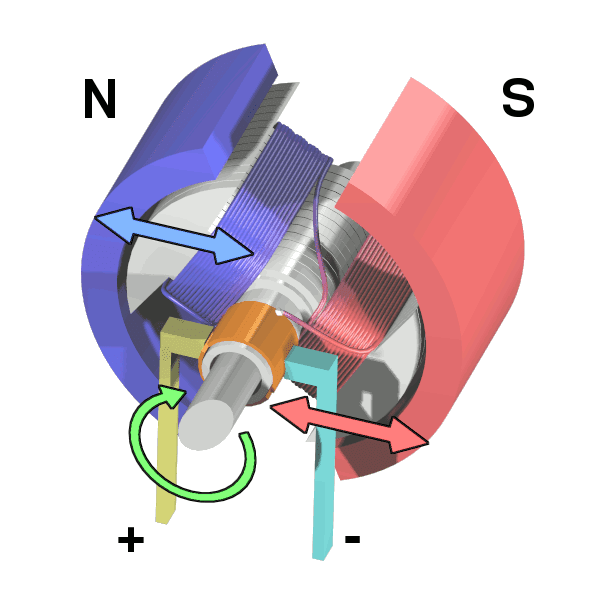Difference between Reaming and Boring
Difference between Reaming and Boring: The Main Difference between Reaming and Boring are explained as follows: When deciding whether to use a reamer or a boring tool, it is important to understand the difference between the two and know which one will produce the desired results. With the right tools and proper technique, you can achieve …
